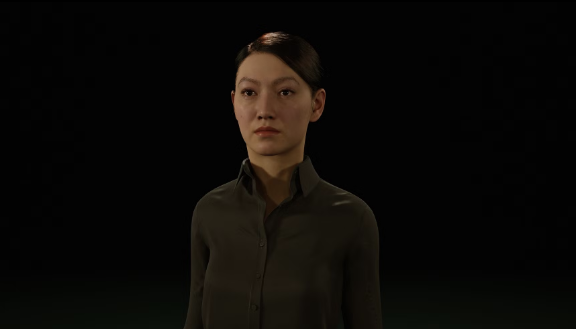I don’t disagree but at this moment in time we’re seeing a lot of momentum using the compute pipeline. UE team has accomplished a significant amount in various aspects with compute shaders.Without certain hardware there is no ray tracing and no AI super resolution so it plays a major role.
With Tensor and RT cores Nvidia has ushered in a new and exciting graphics era. I didn't see much development before that. Without ray tracing the games oof today would still not stand out much from a Star Wars Battlefront 2015.
Hellblade from Microsoft could currently be the best-looking console game. The flight simulator will also be technically complex. According to the videos I think the level of detail in the new flight simulator is very good but there are a lot of shadows in the lighting.
I haven't seen much technical ambition from Sony recently. Whether PC port or Sony exclusive games. They used to be further. Now they are lagging behind.
People often complain about Ubisoft but Avatar and Star Wars Outlaws are currently among the best-looking games on the PC.
Today smaller studios like Remedy can also achieve a lot. Maxed out Alan Wake 2 lis only for hardware enthusiasts but it looks extremely good.
With usuing Unreal small studios can produce very good looking games where most big studios can hardly keep up.
It enables them to backport their work to much older GPUS. That isn’t to say RT cores and AI processing aren’t important features, these are both landmark features. But the engine needs to be beefy to really make games look next gen whether they decide to leverage that hardware or not.
I don’t think any other engine is close to what UE5.5 can do right now (hardware or software based).
It’s just a crazy amount of work that needs to be done, studios that can develop both a game and an engine at the same time are likely reconsidering.
with so many helper studios picking it up, everyone knows unreal, it just seems to make so much sense for so many studios to make the switch.







/cdn.vox-cdn.com/uploads/chorus_asset/file/23951570/VRG_Illo_STK186_L_Normand_TimSweeney_Neutral.jpg)




